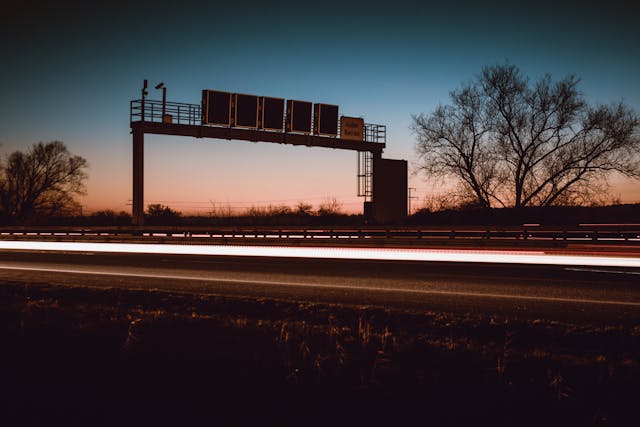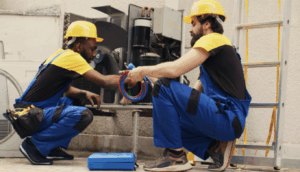Yes, radar speed signs are an excellent tool for cities aiming to improve traffic safety, reduce speeding, and promote community awareness. These radar speed signs EVOLIS, which display a driver’s current speed in real-time, are both cost-effective and widely supported by traffic safety data. Here’s why they’re a smart investment for municipalities:
1. Effective Speed Reduction Without Harsh Enforcement
Radar speed signs work through psychological cues, not penalties. Drivers often don’t realize they’re speeding until they see it displayed. The moment they do, many instinctively slow down. Studies show that radar speed signs can reduce average vehicle speeds by 1 to 11 mph, especially in high-risk areas like school zones, residential neighborhoods, and construction zones.
By offering a gentle reminder rather than a fine, these signs promote long-term behavioral change. Cities benefit from this non-punitive approach because it maintains goodwill while still improving safety.
2. Cost-Effective and Easy to Deploy
Unlike traffic lights or hiring additional law enforcement officers, radar speed signs are relatively inexpensive. Once installed, they require minimal maintenance and no ongoing personnel costs. Many models are solar-powered and can be moved to different locations as needed, making them a flexible solution for changing traffic concerns.
For growing cities, radar speed signs provide a scalable way to respond to new housing developments, school openings, or changing traffic patterns.
3. Proven to Increase Safety in Sensitive Areas
Cities must prioritize the safety of pedestrians and cyclists, particularly in school zones, near parks, and at busy crosswalks. Radar speed signs act as an early warning system, encouraging drivers to adjust their behavior before something goes wrong. According to the Federal Highway Administration, such signage can cut crashes in high-risk zones by up to 20%.
They’re also a visible way to show residents that the city is taking their safety seriously—particularly when used near playgrounds, libraries, or senior centers.
4. Data Collection and Traffic Analysis
Many modern radar speed signs, such as the EVOLIS radar speed signs, come equipped with built-in data collection tools. This allows city planners and traffic engineers to analyze vehicle speed trends over time. They can use this data to identify problem areas, prioritize enforcement, or even adjust speed limits.
Instead of relying solely on complaints or assumptions, municipalities gain hard evidence about how drivers are behaving on local roads.
5. Enhances Community Engagement
Radar speed signs are visible proof that a city is listening to its residents. When neighbors raise concerns about speeding, installing a sign is a quick and visible response. It gives residents peace of mind and fosters a sense of collaboration between citizens and local government.
Many signs also display friendly messages like “Thank You” when drivers obey the limit—further reinforcing positive behavior.
Conclusion
Radar speed signs are more than just flashy displays. They’re a low-cost, high-impact tool for improving road safety, collecting valuable data, and strengthening city-resident trust. For any city looking to make streets safer and smarter without dramatically increasing budgets, radar speed signs are an obvious choice.




